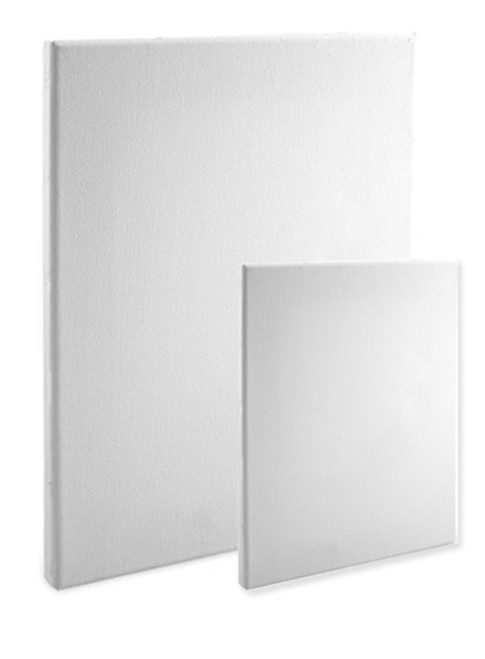
Y'(0, 0) = 0 ? We will show that the value of the derivative is NOT zero at (0, 0). Note, however, if x=0 and y=0 are substituted into Equation 1, we get the indeterminate form " 0/0 ". Differentiate both sides of the equation, gettingĭ ( x 2+ y 2) 2 = D ( 2 x 2 ) - D ( 2 y 2 ) , The minimum value of x occurs when y=-1 and x=-2, which occurs at the point Thus, the maximum value of x occurs when y=1 and x=2, i.e., at the point If the first derivative y' does not exist, then the denominator in Equation 1 equals zero (Why?), i.e., The minimum value of y occurs when x=-1 and y=-2, i.e., at the point Thus, the maximum value of y occurs when x=1 and y=2, i.e., at the point Substituting this into the original equation This is where tangent lines to the graph are vertical, i.e., where the first derivative y' does not exist.īegin by taking the derivative of both sides of the equation, gettingĭ ( x 2 ) - D ( xy ) + D ( y 2 ) = D ( 3 ) , The largest and smallest values of x will occur at the right-most and left-most points of the ellipse. This is where tangent lines to the graph are horizontal, i.e., where the first derivative y'=0. X 2 - xy + y 2 = 3 represents an ellipse, the largest and smallest values of y will occur at the highest and lowest points of the ellipse. If x=-8, then y=-8, and the tangent line passing through the point (-8, -8) has slope -1. If x=8, then y=8, and the tangent line passing through the point (8, 8) has slope -1. Substitue this into the ORIGINAL equation Since lines tangent to the graph will have slope $ -1 $, set y' = -1, getting Differentiate both sides of the equation, getting

Use Equation 2 to substitute into the equation for y'', gettingĪnd the second derivative as a function of x and y isĬlick HERE to return to the list of problems. This answer can be simplified even further. (Get a common denominator in the numerator and simplify the expression.) Use Equation 1 to substitute for y', getting To find y'', differentiate both sides of this equation, getting Differentiate both sides of the equation, gettingĪnd the first derivative as a function of x and y is SOLUTIONS TO IMPLICIT DIFFERENTIATION PROBLEMS Solutions to Implicit Differentiation Problems


 0 kommentar(er)
0 kommentar(er)
